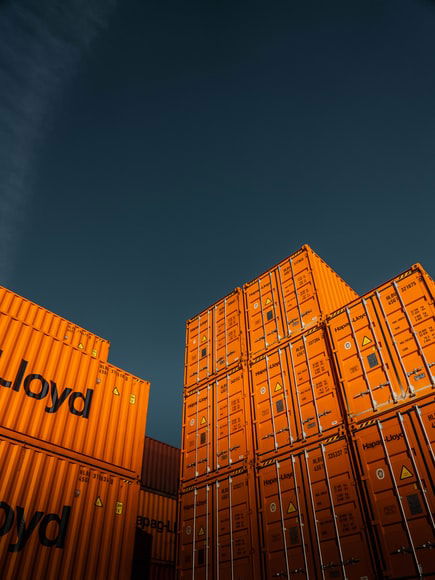IATA Dangerous Goods Transportation Regulations

IATA's Dangerous Goods Regulations are an industry document that provides information for the safe international transportation of dangerous goods. These regulations, which are effective January 1, 2022, include the latest changes made by the IATA Dangerous Goods Board. They also include an appendix that outlines changes to ICAO Technical Instructions. It is important for stakeholders to obtain a copy of this manual so they can follow the latest regulations.
You can also use the Dangerous Goods list of IMO, which differs slightly from IATA's list. If you're shipping a product to the IMO, you may need to edit the list in IATA. After entering all the necessary data, click the Save and Close buttons. The dangerous goods information screen will automatically populate. If necessary, you can enter the necessary information in a field labeled Additional Description. Get additional reading here!
The IATA DGRs also govern the packaging of dangerous goods. Certain safety containers are more suitable for certain classes of dangerous goods than others. They also must pass a series of performance and marking tests. They require specific labels and placards. The labeling must meet specific specifications, including size, text font, language, and documentation. If a dangerous goods label is not properly made, the shipment could end up in an accident.
Learn more about IATA at https://en.wikipedia.org/wiki/Category:International_Air_Transport_Association. Most commercial airlines are members of IATA, and this ensures that their employees follow IATA's dangerous goods regulations.
PHMSA/USDOT also require that all persons involved in the transport of dangerous goods have been trained. As a result, IATA's regulations apply to all airlines and all regulated entities, including those in the U.S. and other countries. This article will discuss the IATA regulations in detail and explain why it's important for shippers to follow them. IATA's Dangerous Goods Regulations are incredibly important for businesses, and they can be confusing to follow. However, they will help to make sure your company is in compliance with the regulations. By following these regulations, you'll avoid unnecessary delays and headaches during your shipment. There are three main categories of dangerous goods: hazardous materials, chemicals, and ULDs. It's important to note that mixed shipments require special handling, and it's important to note what they are and how much of each. There are specific training requirements for each class of dangerous goods workers.
Detailed training from this homepage is necessary for the workers to know how to handle dangerous goods in an emergency and act in the right way. Training for hazardous goods workers must be conducted by a qualified instructor. Classes must also include specialized packing instructions. Taking care of dangerous goods requires proper training for both the shipper and the airline employee. This is why training is so important. The IATA Dangerous Goods Regulations are a comprehensive guide for the transportation of hazardous materials.
A training course for dangerous goods must be attended by employees in order to comply with the regulations. The initial training is mandatory for all agents, freight forwarders, and packers. Operators, cargo agents, and agencies handling hazardous goods must also undergo in-depth training. And when it comes to hazardous goods training, there are no exemptions. This training course will help you become fully compliant with the regulations. So, take the time to get trained.
